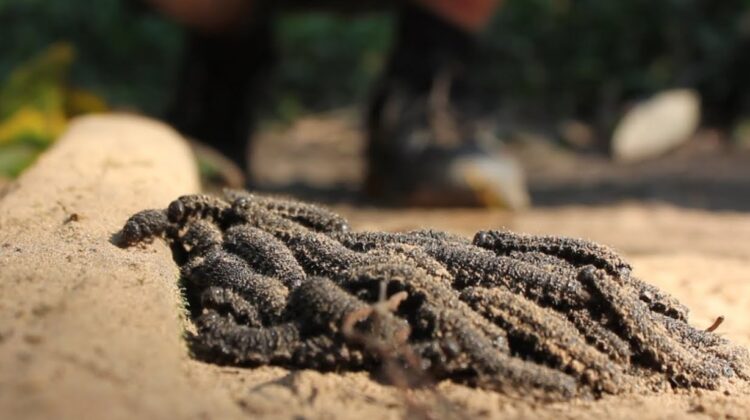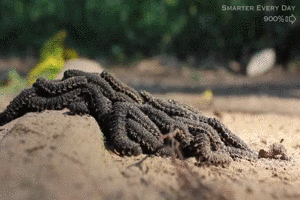
Have you ever seen a group of caterpillars crawling over each other in a rolling swarm? It’s a fascinating sight, but have you ever wondered why they do it? The surprising answer lies in the science of collective behavior.
These particular creatures are sawfly larvae, and they engage in this behavior as a means of collective defense. By sticking together and moving as a single unit, they are able to deter predators that might attack an individual larva.
But what’s really amazing is the speed at which these rolling swarms can move. As the Wired article explains, the entire swarm moves faster than any single larva can. This is due to a phenomenon known as “swarm intelligence,” where the collective behavior of a group of individuals can produce results that are greater than the sum of their individual efforts.

Swarm intelligence is a fascinating field of study that has implications for everything from robotics to traffic control. By studying the behavior of swarms, scientists can gain insights into how groups of individuals can work together to solve complex problems.
In the case of these sawfly larvae, the rolling swarm is a powerful example of how collective behavior can enhance the survival of a group. By sticking together and moving as a single unit, they are able to protect themselves from predators and ensure the survival of the species.
So the next time you see a rolling swarm of caterpillars, remember that there’s more going on than meets the eye. These seemingly simple creatures are actually engaging in a complex and sophisticated form of collective behavior that holds important lessons for us all.

Leave a Reply